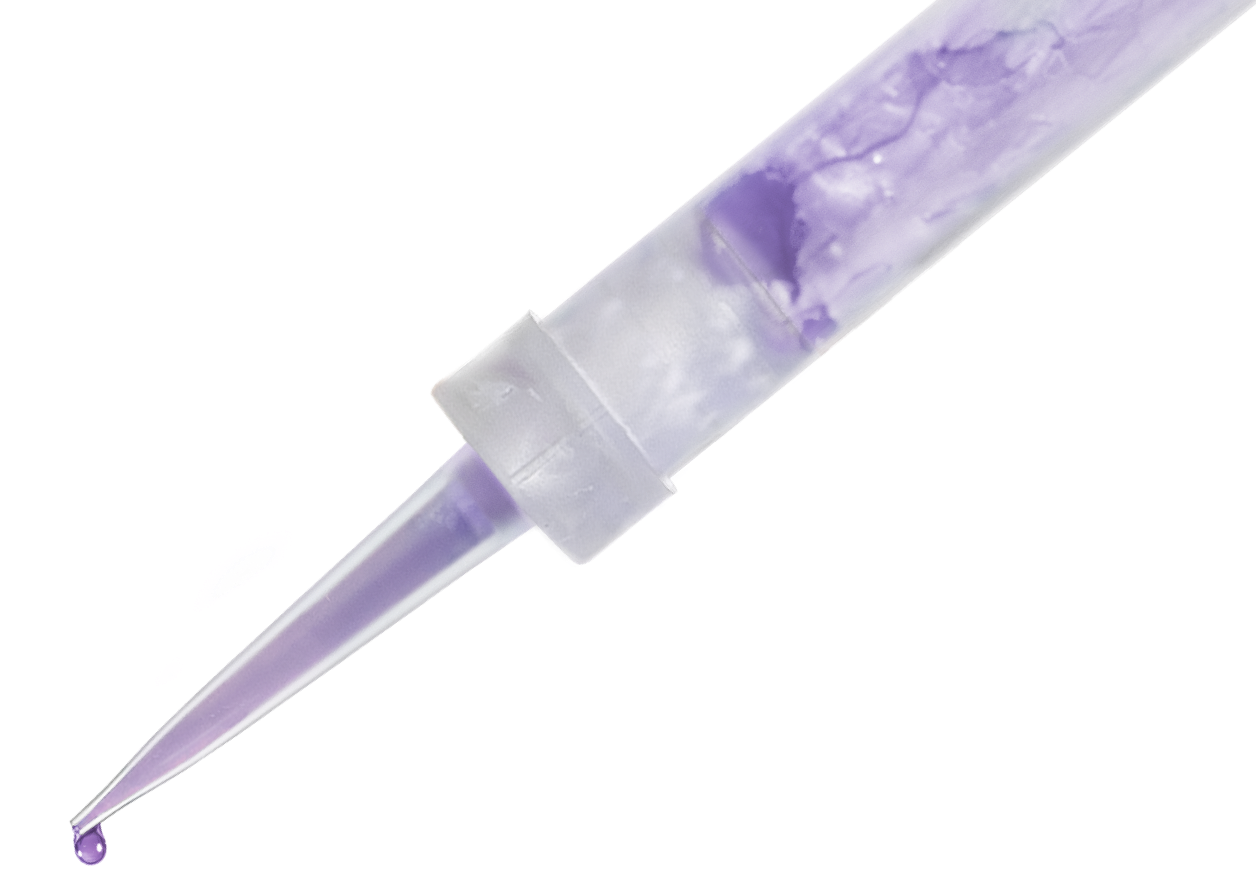Training
Apply innovation in your practice
Training information
YCANTH® is easy to administer in the office. To ensure the best patient
and clinician experience, Verrica is dedicated to training all licensed HCPs on the use and
administration of YCANTH.
Request YCANTH training:


Applicator is not to scale.
Watch this training video to learn how to use the YCANTH applicator in your office
YCANTH must be administered by a trained, licensed HCP. Patients cannot obtain or administer YCANTH. HCPs are prohibited from using YCANTH prior to the training program.
Post Treatment Care Instructions
Please share the Post Treatment Care Instructions
with your patient.
Contact Us to request a shipment of these patient handouts to be sent to your office.
Best practices for YCANTH administration
Please review all 10 steps of the YCANTH Instructions for Use (IFU).
The IFU must always be followed as the primary resource for guidance on use of the YCANTH applicator. Below are additional best practices for preparing the YCANTH applicator for treatment.
Tap the YCANTH applicator to move the YCANTH solution (Step 6)
Gently tap the capped end of the YCANTH applicator on a horizontal surface for approximately 10 seconds or until the YCANTH solution has collected at the bottom of the applicator tube.
Best-practice tips
- Gravity moves the solution to the tip of the applicator
- Do NOT apply pressure to the applicator tube during this step
- Do NOT push the drug solution through the filter during this step
- Invert the applicator (seesaw motion) after EACH lesion is treated to avoid YCANTH on healthy skin
- Lesions should be treated on a horizontal surface to prevent dripping or running of YCANTH onto healthy skin
Test the YCANTH applicator (Step 7)
Remove the applicator cap. Gently squeeze the applicator tube to apply a droplet to a paper towel or gauze to confirm the YCANTH applicator is working properly.
Best-practice tips
- Establish the flow of YCANTH solution before dispensing onto a molluscum lesion. The key here is to establish the amount of solution and flow based on finger pressure and angle of the applicator when testing onto the gauze BEFORE the solution is delivered to a lesion
- If more solution is applied than intended, thoroughly remove all excess solution with wet gauze
Apply a small droplet of the YCANTH solution onto a molluscum lesion (Step 8)
Use the applicator tip to spread the solution to cover the entire lesion.
Best-practice tips
- Most molluscum lesions are 1 to 5 mm in diameter. The tip of the applicator is 1 mm in diameter and designed to deliver a targeted dose of YCANTH to each lesion. You need very little drug to cover an entire molluscum lesion with a thin film of drug solution. There is no need to spread YCANTH if the lesion is only 1 to 3 mm because that is about the size of a small droplet
Additional best practices
- Some patients will present with several small, clustered molluscum lesions, and/or lesions in sensitive skin areas, such as the face and armpit. In these cases, consider treating select but not all lesions. This will help to prevent multiple blisters coalescing into larger blisters.
- In the YCANTH clinical trials, all baseline and new treatable lesions were treated. For the first few times treating a patient with YCANTH, consider treating just one or two body regions, or select lesions.
- Over-the-counter pain relief medicines can be used as needed.
- Instruct patients or caregivers to wash the treated skin area with soap and water 24 hours after treatment. Patients may wash YCANTH off skin sooner if they develop severe blistering, severe pain, or other severe reactions. Remind patients or caregivers to not use a washcloth, abrasive material, or vigorous rubbing because this could be painful.
Before administering YCANTH, please review the complete Instructions for Use and full Prescribing Information.
FULL PRESCRIBINGINFORMATION

